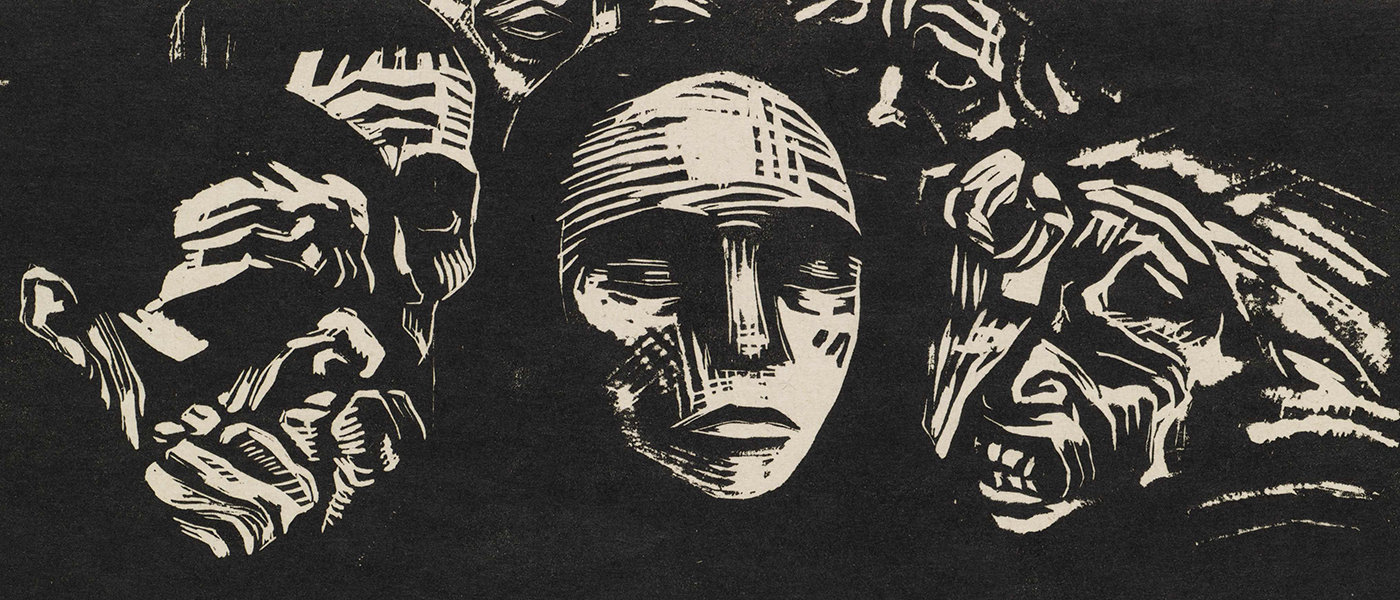
The German Revolution: Expressionist Prints
1 March – 1 September 2019
Hunterian Art Gallery
Admission free
Visitors should be aware that Hell, Max Beckmann’s set of 11 lithographs were on loan from the National Galleries of Scotland for a limited time and are no longer on view.
"Revolutionary politics fired a new wave of art in Germany, as this wonderful show at The Hunterian illustrates."
5 stars, Duncan Macmillan, The Scotsman.
Featuring works from The Hunterian’s pioneering collection of German Expressionist prints, this major exhibition explores artists’ responses to the German Revolution of 1918-1919. Presenting works by stellar artists such as Munch, Nolde, Schiele, Kokoschka, Kollwitz, Beckmann, Picasso, Goya and Gauguin, The German Revolution explores this turbulent period, linking the strong German tradition of graphic art with the social, political, sexual and moral struggles taking place at the time.
The German Revolution
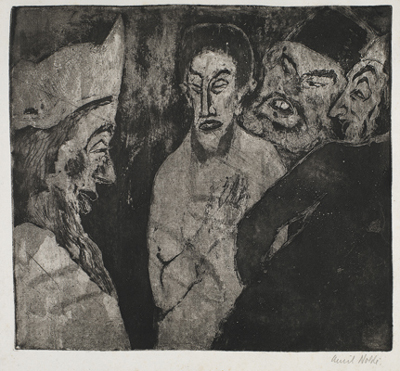 The German Revolution: Expressionist Prints is timed to commemorate the violent revolution in Germany from 1918-1919 - a period of anarchy and violence that broke out at the end of the First World War, in Berlin and other big cities. Germany’s old political and social hierarchies failed before World War I ended and the revolutionary fighting and chaos continued until the establishment of the Weimar Republic in August 1919.
The German Revolution: Expressionist Prints is timed to commemorate the violent revolution in Germany from 1918-1919 - a period of anarchy and violence that broke out at the end of the First World War, in Berlin and other big cities. Germany’s old political and social hierarchies failed before World War I ended and the revolutionary fighting and chaos continued until the establishment of the Weimar Republic in August 1919.
The exhibition focuses on the revolutionary printmaking that emerged in Germany in the years 1906-1926. The works are drawn from The Hunterian’s own exceptional holdings of German Expressionist art, supplemented by Max Beckmann’s set of 11 lithographs, Hell, on loan from the National Galleries of Scotland*. This monumental series encapsulates the terror, hunger and sheer misery that enveloped the city of Berlin, which had been the German World’s great international centre for the production and exhibition of art.
Artists such as Beckmann turned to printmaking of various kinds from commercial necessity. This was the great period of the woodcut, led by the Norwegian Edvard Munch, who inspired many to take up a medium which has dramatic persuasive power.
Other artists turned their backs on the physical destruction and looked inwards. Munch, Kokoschka, Schiele, Schmidt-Rottluff, Nolde, Pechstein, Heckel, Barlach, Dix, Grosz, Corinth and Paula Modersohn-Becker all made prints exploring human stories which are linked thematically in the exhibition and seem to have arisen as an antidote to the disaster of the war: Love and Anxiety, A Bridge to Utopia, and Conflict and Despair.
*Please note that Beckmann's Hell is only on display until 9 June 2019.
Image: Emil Nolde, Scribes, 1911 © Nolde Stiftung Seebüll.
German Expressionist Prints at The Hunterian
This powerful subject allows us to demonstrate one of many strengths of The Hunterian’s works on paper collections. While most famous for prints and drawings by Whistler and Mackintosh, we also house one of the best collections of German Expressionist prints in the UK.
In recent years our curators have been steadily developing the collection that was begun, with considerable foresight, in the 1950s. The collection is impressive among museums in the UK where, as a consequence of two world wars, there was, for a long time, strong resistance to acquiring German works of art.
Today the collection includes more the 100 works from the period 1880-1930 and includes major works, such as Egon Schiele’s Sorrow, that are unique to The Hunterian and not present in any other UK public collection.
Events
Lunchtime Talk Programme
Join us in the Hunterian Art Gallery on Wednesdays until 29 May for a special programme of ten minute lunchtime talks inspired by The German Revolution: Expressionist Prints exhibition. Please visit our Events section for further information.
Printmaking in Berlin
Friday 29 March 2019
5.00 pm - 7.00 pm
Hunterian Art Gallery Lecture Theatre
Free admission - booking required
We are delighted to be hosting a lecture by Anna Schultz, curator in the art collections of the Akademie der Künste in Berlin who specialises in art of the 18th and 19th centuries and posters. Anna will talk about some of the Berlin printmakers represented in The German Revolution: Expressionist Prints exhibition especially Käthe Kollwitz and Lovis Corinth.
This evening event is generously funded by the Goethe-Institut.
Please book your place via Eventbrite.
Further Information
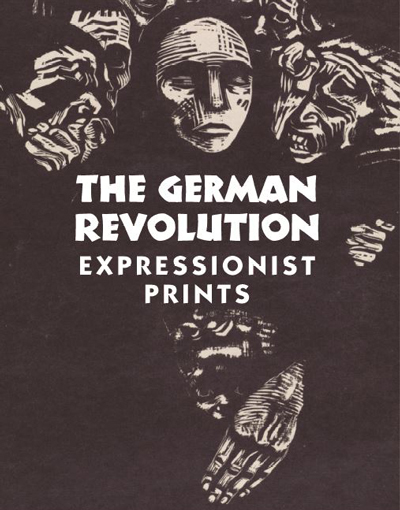 A new publication to accompany the exhibition The German Revolution: Expressionist Prints is published by The Hunterian, University of Glasgow, RRP £25.00.
A new publication to accompany the exhibition The German Revolution: Expressionist Prints is published by The Hunterian, University of Glasgow, RRP £25.00.
It is available in the Hunterian Art Gallery Shop for the special price of £20.00.
The Hunterian is grateful to Patricia Johnstone Jackson, Fiona Hope Johnstone and The Gordon Fraser Charitable Trust for their financial support for the exhibition publication.
The Hunterian is also grateful to The Art Fund, The National Fund for Acquisitions and The Marie-Louise von Motesiczky Charitable Trust for their support in the acquisition of many of the works included in the exhibition.


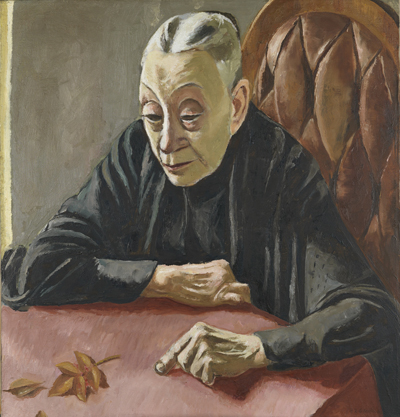 Must See Items
Must See Items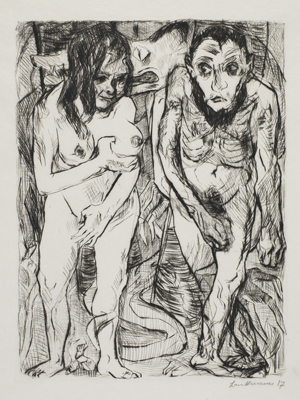 Must See Items
Must See Items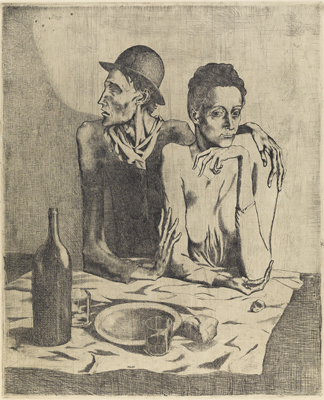 Must See Items
Must See Items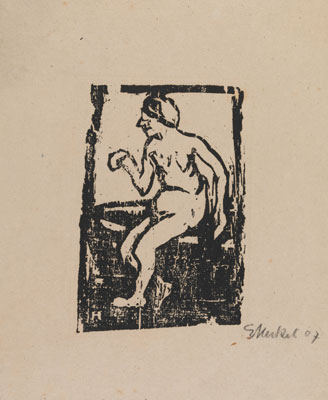 Must See Items
Must See Items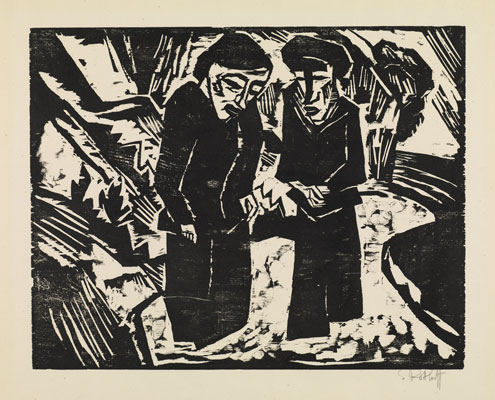 Must See Items
Must See Items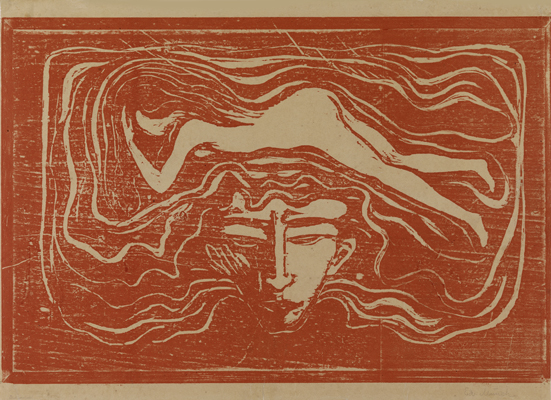 Must See Items
Must See Items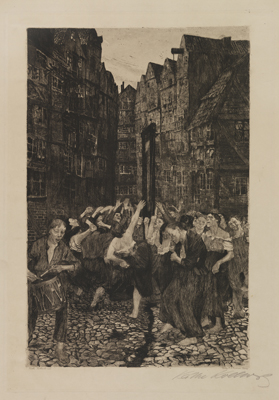 Must See Items
Must See Items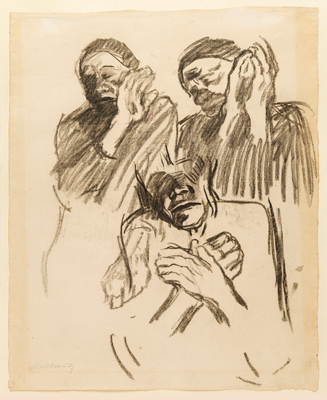 Must See Items
Must See Items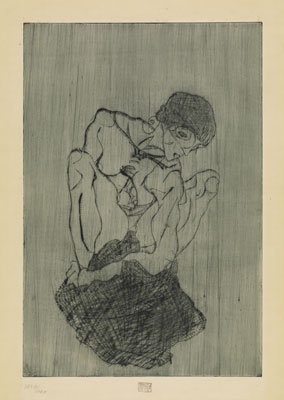 Must See Items
Must See Items